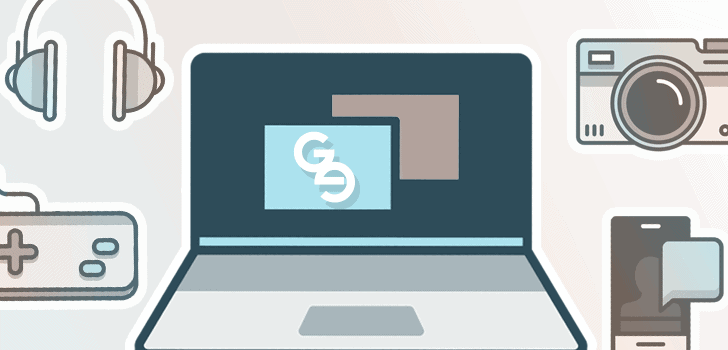You have most likely seen something different about the recent cell phones, tabs, and laptops at your workplace. The well-known rectangular Type-A USB ports are dropping off and being taken over by smaller elliptical connectors. This is the era of USB-C in business computing.
USB-C is becoming the evolving norm for charging and transferring data. For now, only the newest phones, laptops, and tablets have incorporated the USB-C port, however, with time, it will practically take over everything that as of now uses the prior, bigger USB connector.
USB-C made its landing in the computing industry in 2014; however, it is only the last year that the technology caught on. It is currently turning out to be an actual substitute for previous USB standards as well as other standards like DisplayPort and Thunderbolt. In fact, testing is in progress to deliver a new USB audio standard utilizing UCB-C as a potential swap for the 3.5mm audio jack. USB-C is also entwined with other new interventions such as USB 3.1 for more speeds and USB Power Delivery for enhanced power-delivery over USB connections.
Type-C Features a New Connector Shape
USB Type-C comes with a small physical connector – approximately similar to the size of a micro USB connector. The regular USB connector known to us is USB Type-A. In fact, with our transition from USB 1 to USB 2, and now on to modern USB 3 devices, the only thing that hasn’t changed is that connector. It is as bigger as ever and plugs in a single manner (and well, never in the first attempt). However, as devices are becoming smaller and more slender, those enormous USB ports simply do not fit. This has risen a need of more fitting USB connector shapes like those ‘micro’ and ‘mini’ connectors.
The good thing is the cumbersome pool of a variety of connectors for many-size devices is, finally, finding some conclusion. The new connector with USB Type-C is almost one-third the size of an old USB Type-A plug. Every device will be able to use this single connector standard. All that is needed is a single cable to connect an external hard drive with your laptop or power up your cell phone using a USB charger. Believe it or not, that tiny connector is sufficient to plug into the thinnest of mobile phones yet amazingly powerful to interface all the peripherals with your laptop. There are USB Type-C connectors at both ends of the cable – it is all in one connector!
USB-C offers a lot to appreciate. It is changeable; meaning that there will be no more flipping the connector around at least three times hoping for the right orientation. You will not need to carry differently shaped USB cables for different connector shapes and devices since the USB-C is a single connector that can connect with all devices. Moreover, your ever-more slender gadgets will have no more massive ports occupying the unnecessary amount of space.
Koincable manufactures a broad range of USB type-C data cables, from prototype to volume production. They supply 2.0 and 3.1 version, which introduces the new reversible 24-pin Type-C as well as a number of creative features that greatly expand the usage of the USB bus.
USB Type-C also works with a wide range of protocols adopting “alternate modes,” which enables you to have connectors that can output VGA, HDMI, DisplayPort, and different kinds of connections out of the single USB port. Apple’s USB-C Digital Multiport Adapter is one example, which connects an HDMI, larger USB Type-A connectors, VGA, and smaller USB Type-C connector through a single port.
